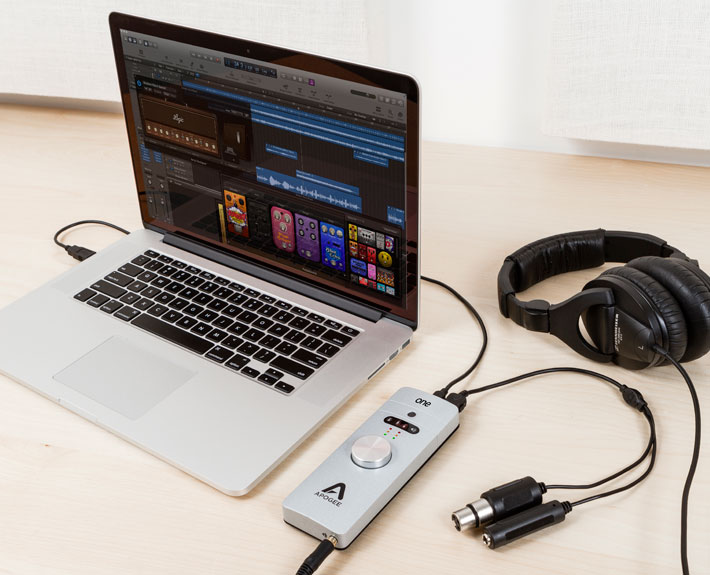

It has the glorious dynamic tone technology that adjusts the colour depending on the ambient light. The extra inch of screen seemed a subtle difference at first, but as time went on I felt the benefits more and more. In reality, its vital statistics are almost identical to those first 15-inch Retina MacBook Pros, and just a millimetre thicker and 0.17kg heavier than my current machine.

It does feel thicker and heavier, which at first seemed to push it across a psychological line from mid-size laptop to portable workstation. The external design of the new MacBook Pro is much the same as the previous models, but with a footprint around a centimetre larger in each dimension. A revised model in mid-2019 upped the RAM limit and improved the keyboard, but by the end of the year this stood aside for the new new MacBook Pro, in which Apple appear to have given their pro users a large chunk of what they wanted. Opinion was divided by the Touch Bar, which replaced the function keys with a dynamic control strip.

Then there was the keyboard, which proved unreliable and sacrificed smooth, quiet action for a super low profile. Despite beefy processors and a beautiful slim design, they topped out at 16GB RAM, and rather inconveniently moved exclusively to USB‑C/Thunderbolt 3 ports. The machines that superseded these in the last three years have met with a mixed reaction. The first generation of Retina display MacBook Pros was a high point in the evolution of the product, with great connectivity including Thunderbolt 2. They are undeniably expensive, but are powerful enough to be the single computer most of us would need both in the studio and out-and-about. Apple's top-of-the-range laptop gains an extra inch and a lot more besides.įor years Apple's high-end laptops have been almost standard issue for music producers, audio pros and video editors.


 0 kommentar(er)
0 kommentar(er)
